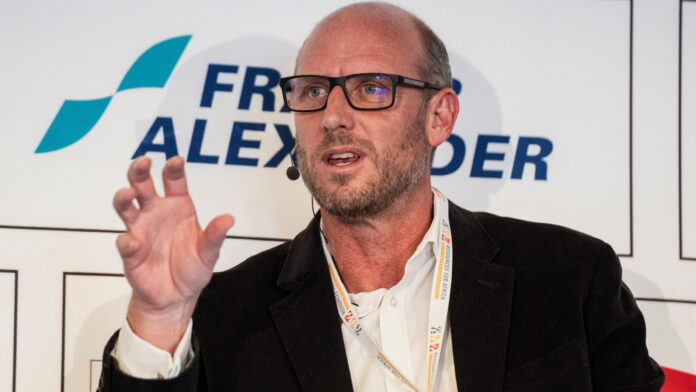As for net debt, the year-end snapshot ignores about $500m to flow from a streaming deal with Canadian royalties company Franco-Nevada.
Stillwater mine in the US is a worry as it continues to lose money, even after halving its palladium/platinum production. Closing the remainder of production, and effectively bringing the curtain down on Sibanye-Stillwater’s strategy to bring green metals to the West — including the US — could be Stewart’s biggest decision when he takes the reins.
The mine stands to benefit from $60m in potential tax credits from the US in terms of its Inflation Reduction Act, shaped now to support critical mineral miners as well as refiners. This may buy Stillwater some time. Its case is helped by income from recycling facility Reldan, acquired as part of Froneman’s expansion strategy. With it, Stillwater’s losses in the US are reduced to $36m from a negative $161m last year. “That’s a huge difference,” Wellsted says. It is — provided the tax credits are left untouched by the new US administration.
There will also be questions as to whether Stewart plans to transform Sibanye-Stillwater’s gold assets into a growth portfolio. The Driefontein and Kloof mines are in harvest mode. They are profitable, but depleting nonetheless.
Looking forward to 2025, the prevailing prices for PGMs and the company’s cost and capex structure will continue to drive negative free cash flow generation – Raj Ray
Responding to Sibanye-Stillwater’s numbers, analysts accept that the group is no longer existentially embattled; it may even have turned a corner, they say, though with qualifications. “The business is in a better position in 2025 than [in] 2024,” said Investec Securities analyst Nkateko Mathonsi.
But she added that Sibanye-Stillwater was still more challenged versus its peers if the PGM basket does not improve. Other analysts agreed. “Looking forward to 2025, the prevailing prices for PGMs and the company’s cost and capex structure will continue to drive negative free cash flow generation,” said BMO Capital Markets analyst Raj Ray.
There is also some concern over the direction of lithium pricing. Adrian Hammond, an analyst for SBG Securities, asked whether Sibanye-Stillwater would have to impair Keliber at the current lithium price, languishing at about $18,640/t — 80% down from its highs of two years ago and with no sign of resuscitation for the remainder of the decade. “We forecast that dip in prices,” countered Wellsted.
Amid gaping deficits in every key PGM, prices are positioned to recover — but timing is everything. “We rate the stock overweight,” said Van Graan. Sibanye-Stillwater is highly levered to PGM prices, he said. “A sharp and sustained increase in the PGM basket price could see a big rally in the share price, as was the case during the previous PGM bull market.”
A version of this article first appeared in the Financial Mail.










